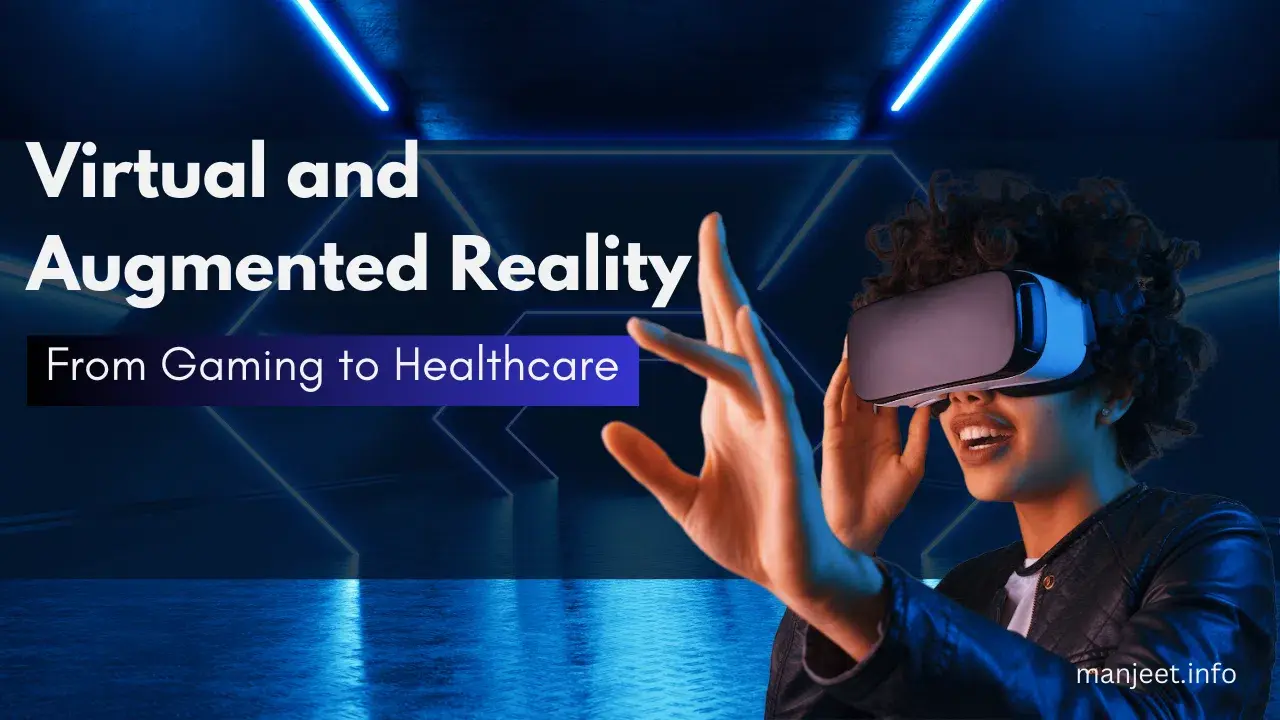Virtual and Augmented Reality (VR/AR) are rapidly growing fields in technology. These technologies are designed to create immersive, interactive experiences that transport users to different worlds, simulate real-world scenarios, and enhance how we perceive and interact with the world around us. In this article, we’ll explore the potential uses and benefits of VR/AR and some of the challenges of developing and implementing these technologies.
What is Virtual Reality?
Virtual Reality is a computer-generated simulation of a three-dimensional environment that can be experienced through a headset or other immersive device. With VR, users can feel like they are in a different world, interacting with objects, exploring environments, and engaging with other users. VR is used in various applications, from gaming and entertainment to education and training.
One of the most exciting areas of VR is in the field of education. With VR, students can be transported to different periods or parts of the world, where they can explore and learn in an immersive and engaging way. For example, students can visit ancient Rome, explore the human body, or experience historical events firsthand. In addition to providing a more engaging learning experience, VR can help students develop critical thinking, problem-solving, and decision-making skills.
What is Augmented Reality?
Augmented Reality is a technology that overlays digital information onto the real world, using a camera and other sensors on a smartphone or other device. With AR, users can interact with digital objects that appear part of the real world. AR is used in various applications, from gaming and entertainment to advertising and retail.
One of the most exciting areas of AR is in the field of healthcare. With AR, doctors and nurses can use digital overlays to guide them through complex procedures, such as surgery or medical imaging. AR can also provide patients with information about their conditions, medications, and treatments in an easy-to-understand and accessible way.
Benefits of VR/AR
One of the key benefits of VR/AR is its ability to provide immersive, interactive experiences that are impossible with traditional media. VR/AR can be used to create engaging, interactive training programs, simulations, and games, and to enhance how we learn, communicate, and interact with the world around us.
Another benefit of VR/AR is its potential to improve accessibility and inclusion. For example, VR/AR can be used to provide virtual experiences for people who cannot travel, or to create immersive experiences that are more accessible to people with disabilities.
Challenges of VR/AR
While VR/AR have a lot of potential, some challenges come with developing and implementing these technologies. One of the main challenges is the cost of developing and deploying VR/AR systems, which can be prohibitively expensive for many organizations. Another challenge is the need for specialized equipment, such as high-end VR headsets, which can limit the accessibility of these technologies.
Another challenge is the potential for VR/AR to cause motion sickness or other adverse effects in some users. Because VR/AR can create such immersive experiences, some users may experience discomfort or disorientation, particularly if they are new to these technologies.
The Future of VR and AR
VR and AR can potentially revolutionize many industries, from gaming and entertainment to healthcare and education. As the technology continues to improve, we can expect to see even more exciting applications and use cases for these technologies.
For VR, we can expect to see advancements in the hardware, such as more comfortable and lightweight headsets with better resolution and more accurate tracking. We may also see new applications in fields like sports and travel, allowing users to experience events and places in a more immersive way.
We can expect to see more widespread adoption of AR as the technology becomes more accessible through smartphones and other devices. We may also see new applications in architecture and construction, where AR can visualize designs and layouts in real-world environments.
Despite their differences, VR and AR can potentially change how we interact with digital content. As the technology continues to improve, we can expect to see even more exciting applications in fields like entertainment, education, and healthcare.
Overall, the future of VR and AR is inspiring, and we can’t wait to see how these technologies will continue to evolve and shape the world around us.
